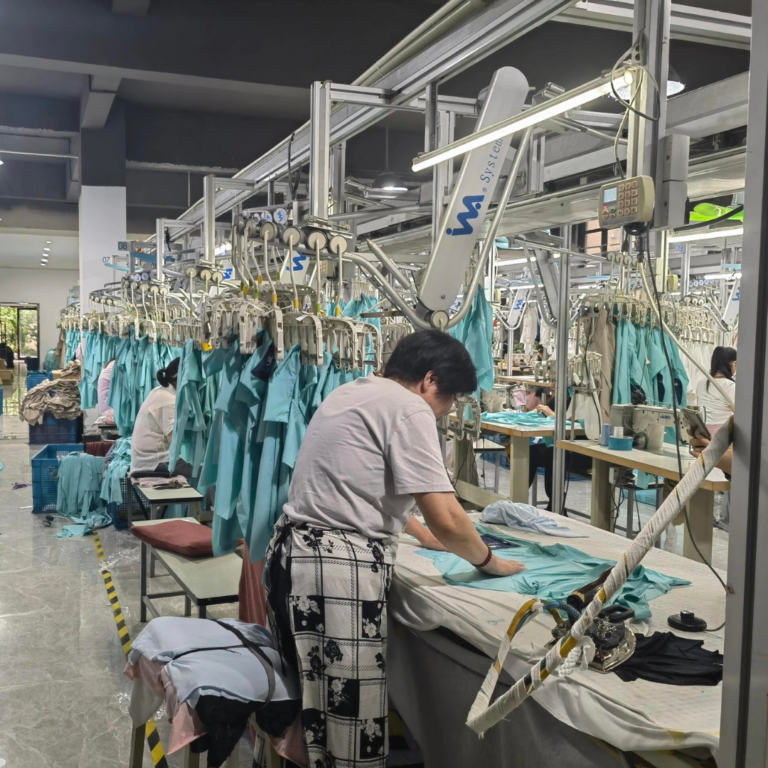There are several factors that affect the production cost of yoga wear. These factors include the fabrics used in yoga pants, energy needed to produce synthetic fibers, and the environmental impact of the production process. Understanding these factors will help you make a more informed decision about the price of your new yoga pants.
Factors that affect the production cost of yoga wear
The global population is progressively adopting a healthier lifestyle, and yoga wear is expected to increase in popularity. As a result, manufacturers are introducing innovative products to attract more female consumers. Moreover, these products offer benefits such as better stretchability, reduced muscle soreness, and increased flexibility. The increasing popularity of yoga is expected to drive the market growth over the next few years.
Yoga became increasingly popular during the COVID-19 pandemic, where people opted for yoga over other forms of exercise, because it could be done at home. In addition, yoga helps to build immunity. Due to its convenience, many people practiced it at home during lockdowns. This, coupled with the work-at-home culture, resulted in increased yoga practice.
Fabrics used in yoga pants
When choosing a material for your yoga pants, it is important to consider pilling. Pilling is a small ball of fiber that forms on the fabric due to friction. Once it forms, it is difficult to remove, so it is important to choose a fabric that doesn’t pill easily. If you choose cotton material, make sure that it has a tight knit, as this will prevent pilling. If you are choosing a synthetic material, you will want to look for a fabric with stronger fibers.
The material used in yoga pants can vary a lot. Some are made with a tighter
fit, while others are made of a looser cut. The fabric used for yoga pants should be soft and comfortable, and they should not interfere with any movement during poses. If you’re going to do a lot of twists and bends during your practice, you may want to consider a low-rise pair.
Energy required to produce synthetic fibers
Energy required to produce synthetic fibers for yoga clothing is an important consideration. The production process includes several steps, including spinning, weaving, and chemical processing. Approximately 38% of the energy consumed is used in the production process, with the remaining 5% used for miscellaneous practices. The production of synthetic materials typically uses fossil fuels, such as oil for boilers and electricity for factory machinery. In the United States, petroleum is used to make half of the textile fibers that we use. Of this, polyester is the most common synthetic fiber, accounting for about 65% of all fabrics.
While synthetic fibers are durable, they have a negative impact on the environment. Because synthetic materials are produced from fossil fuels, they release large amounts of CO2 into the atmosphere. The use of synthetic fabrics is also harmful to the soil and water systems. For this reason, it’s important to choose sustainable yoga clothing that using eco-friendly materials. Many brands have shifted towards more environmentally friendly clothing.
Environmental impact of synthetic fibers
Synthetic fibers are one of the most common materials used in yoga clothes. While they offer superior comfort and elasticity, they can also have a detrimental impact on the environment. These fibers come from fossil fuels and release large amounts of carbon dioxide and greenhouse gases. These emissions distort the environment and endanger human life. They are also a contributor to microplastic pollution in our oceans.
Polyamide and polyester fibers are produced from petroleum, which causes pollution of water and soil. Moreover, synthetic fabrics are not biodegradable. They can sit in landfills for hundreds of years before breaking down. When they are burned, these fabrics release a toxic gas called dioxin, which can be harmful to wildlife and humans. These substances have even been found in the fetus of unborn babies.
Growing popularity of a healthy living lifestyle
Growing awareness of healthy living and increasing spending on fitness equipment have increased the demand for yoga clothes. Yoga clothing helps people stretch better and makes the stretching process more comfortable. Many of these items are made of cotton fabric. This type of fabric is highly absorbent, which allows it to be a great choice for people who practice vigorous yoga. Short-sleeved clothes are also popular with yoga enthusiasts.
As yoga becomes more popular, the demand for yoga apparel will continue to increase. The market is expected to grow by 7.5% CAGR by 2025. This increase is largely due to an increasing number of health clubs and intensive yoga promotion. These programs aim to promote a balanced lifestyle and emphasize the ancient importance of yoga.



